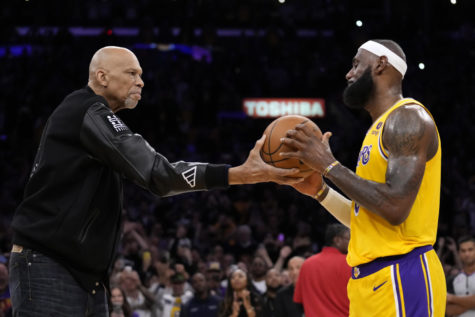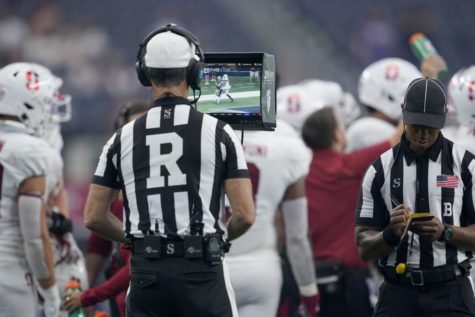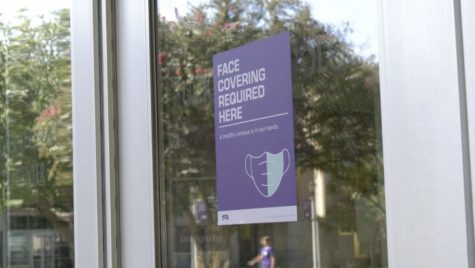Racism: just as real today as it was 50 years ago
Published Jan 20, 2012
On the crossroads of life’s experiences and the decisions an individual makes as a result, one might find him or herself conflicted between advocacy and action. In the case of the American Civil Rights Movement and those involved in it, almost without fail, life experience translated to a combination of advocacy and action.
It is one thing to hear about the injustices that took place — and still take place — in the Deep South in the midst of the Civil Rights Movement. But, those things do not happen nowadays in the world, right?
Not the case.
This past fall, pool owner Jamie Hein posted a sign that read, “Public Swimming Pool, White Only,” outside her public swimming pool in Cincinnati, Ohio after she claimed that a young black girl’s hair products “clouded the water” in the pool, according to a Jan. 12 article from the Associated Press.
Needless to say, Hein’s actions are heinous, and yes, this instance is rare in today’s society. But, in the wake of Hein’s actions, this column is a direct address to those who believe 1) the Civil Rights Movement ended in the 1960s or ‘70s, 2) that there are not people living today who have the same mindset as racists in the ‘60s and ‘70s and/or 3) society has made great strides in race relations.
For one, Texas and seven other states have passed strict voter ID laws (the details of which I will let readers investigate on their own), which can be compared to the poll tax and literacy tests of the Civil Rights Movement. These laws are directly targeted at impoverished populations, many of which do not have convenient access to DMVs or financial means to pay for driver’s license or ID card renewal.
Also, Ronnell Tomlinson, the Ohio Civil Rights Commission’s housing enforcement coordinator, called Hein’s pool sign an “antique” because it was a photo of a sign used during segregation in Selma, Ala.
Selma, for those who don’t know, was the site of March 7, 1965’s “Bloody Sunday,” in which police brutalized thousands of marchers protesting the murder of Jimmy Lee Jackson, who was shot in front of a crowd of people in broad daylight while protecting his 82-year-old grandfather from police brutality. Needless to say, Tomlinson calling the sign an “antique” only reinforces the fact that Hein’s intentions were an attempt to reinstate segregation. In other words, institutionalized racism at work.
This brief history lesson’s purpose:
– Those who are both racist and in power will utilize said power to perpetuate racism, many times by all means necessary.
– Racism exists nowadays, but it is often masked behind the guise of “colorblindness.”
– Racism is apparent in modern-day legislation in the form of voter ID legislation and more.
Although Hein’s act of racism did not go unnoticed, it surely demonstrated that oppression can rear its ugly head today, just as it did 50 years ago. For this kind of oppression to come to an end, it requires the organizing of ordinary people like Block and Watkins. And oh, yeah, the millions of college students nationwide could probably have a say in whether or not injustice continues in the next generation.
Wyatt Kanyer is a senior journalism and Spanish double major from Yakima, Wash.












